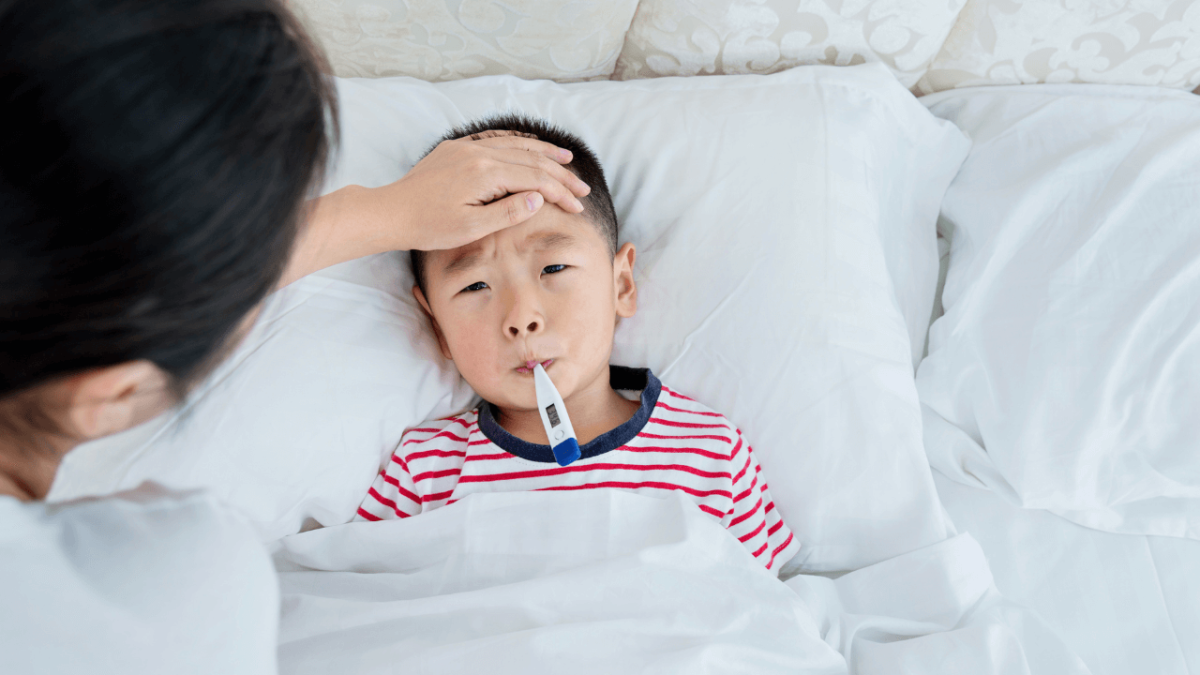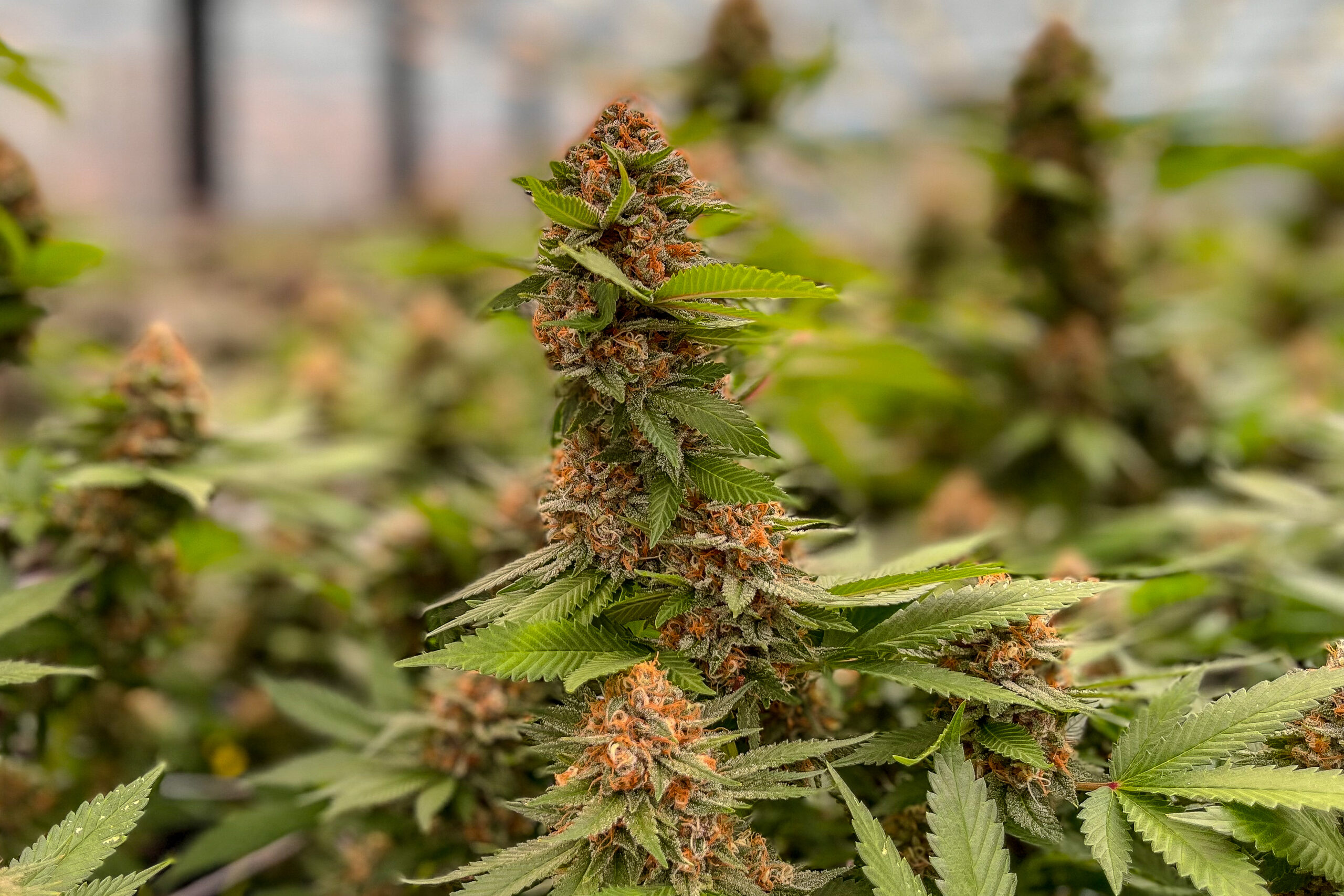
Children’s Fever Relief in Singapore: Effective Strategies for Parents
Fever in children is a common concern for parents in Singapore, where the tropical climate and prevalence of infections make fever management a crucial skill. Understanding how to provide effective relief for children’s fever is essential for their comfort and well-being. In this article, we explore various strategies and remedies tailored to Singaporean parents, offering…

